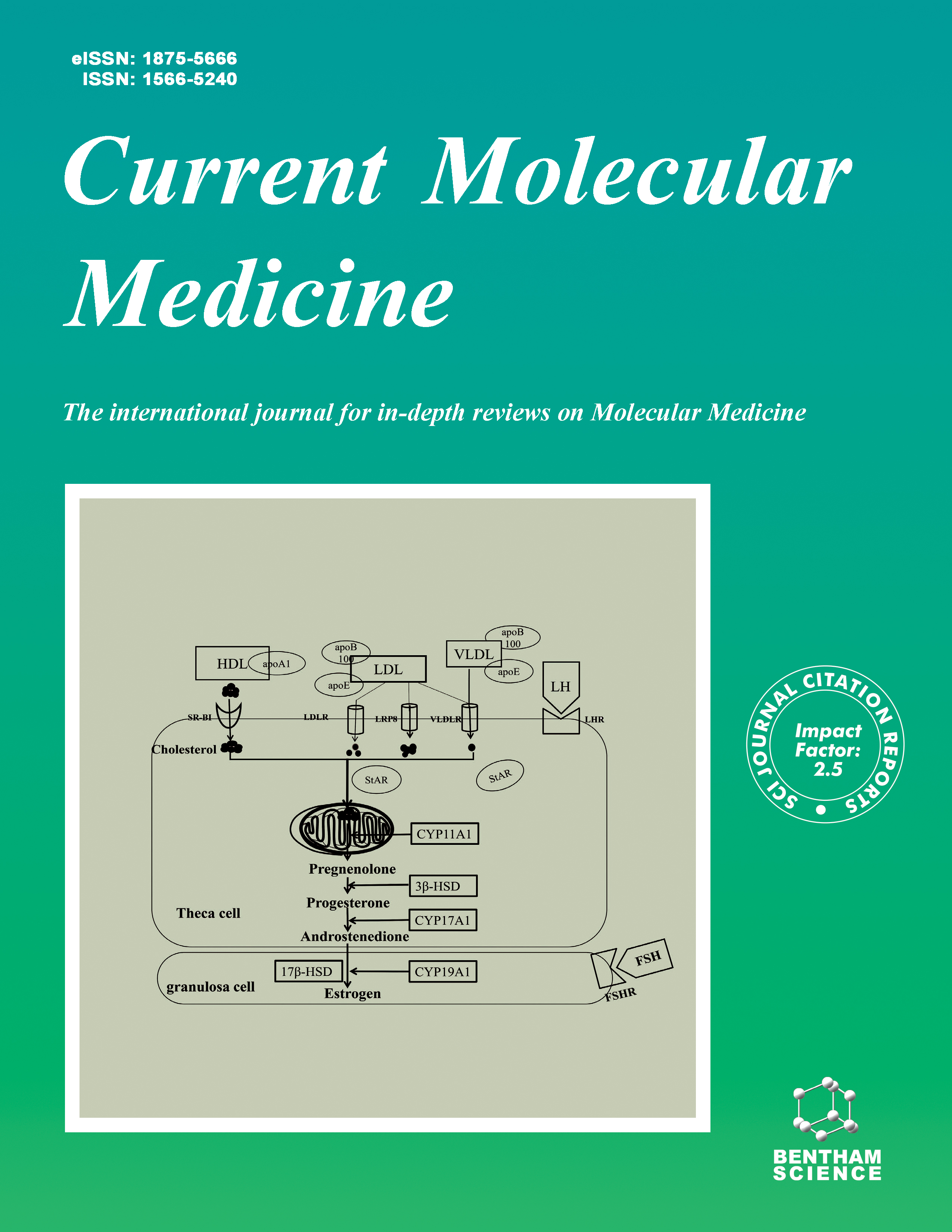
Full text loading...
We use cookies to track usage and preferences.I Understand
Radiosensitivity remains an important factor affecting the clinical outcome of radiotherapy for non-small cell lung cancer (NSCLC). Liver kinase B1 (LKB1) as a tumor suppressor, is one of the most commonly mutated genes in NSCLC. However, the role of LKB1 on radiosensitivity and the possible mechanism have not been elucidated in the NSCLC. In this study, we investigated the regulatory function of LKB1 in the radiosensitivity of NSCLC cells and its possible signaling pathways.
After regulating the expression of LKB1, cell proliferation was determined by Cell Counting Kit-8 (CCK-8) assay. The flow cytometry assay was used to analyse cell cycle distribution. Survival fraction and sensitization enhancement ratio (SER) were generated by clonogenic survival assay. Western blot analysis was used to assess expression levels of LKB1, p53, p21, γ-H2AX and p-Chk2.
Our study found that when the NSCLC cells were exposed to ionizing radiation, LKB1 could inhibit NSCLC cell proliferation by promoting DNA double strand break and inducing DNA repair. In addition, LKB1 could induce NSCLC cells G1 and G2/M phase arrest through up-regulating expression of p53 and p21 proteins.
This current study demonstrates that LKB1 enhances the radiosensitivity of NSCLC cells via inhibiting NSCLC cell proliferation and inducing G2/M phase arrest, and the mechanism of cell cycle arrest associated with signaling pathways of p53 and p21 probably.

Article metrics loading...

Full text loading...
References


Data & Media loading...

